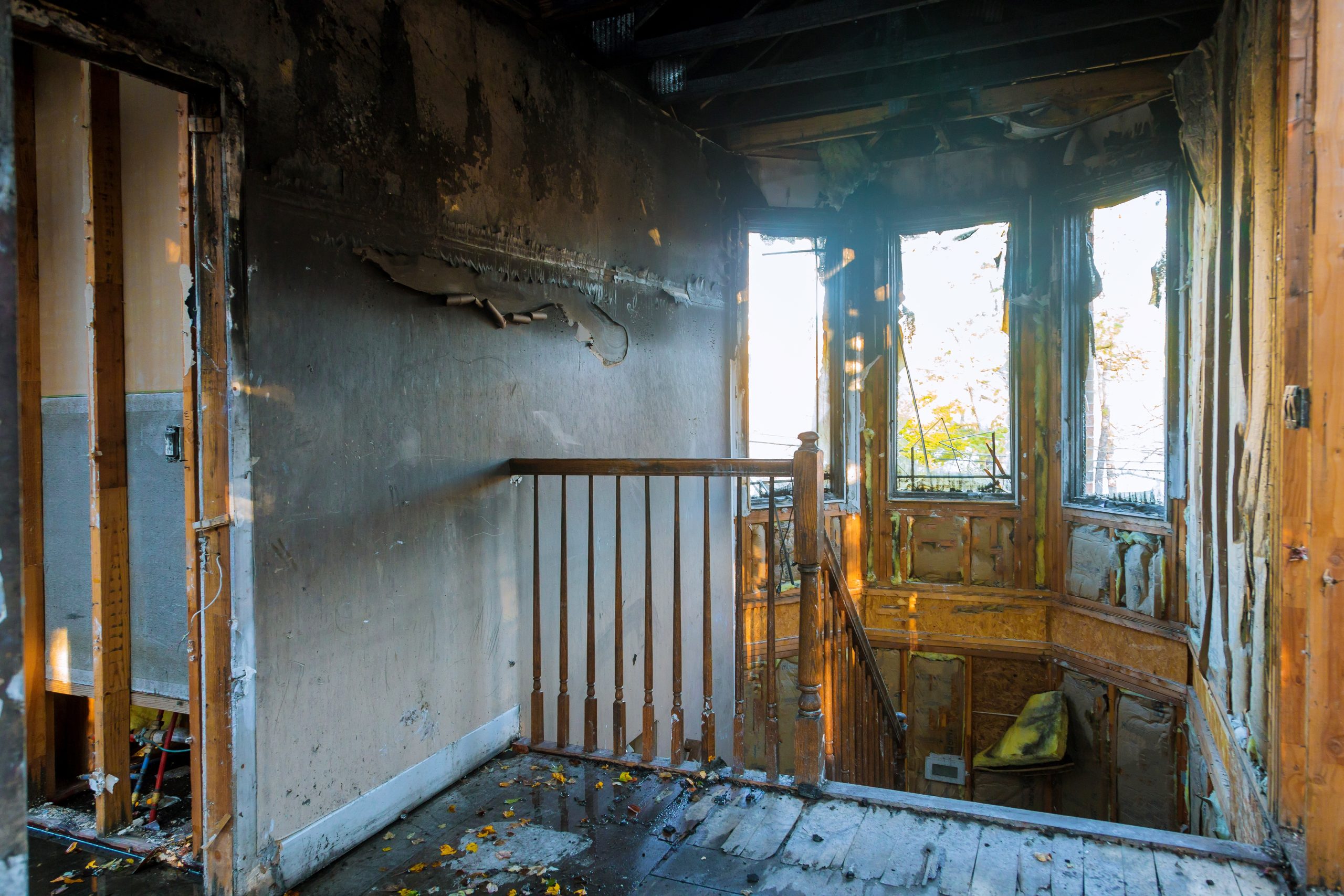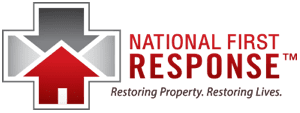
Smoke Damage Remediation: What to Keep and Discard After a Fire
Experiencing a fire in your home is devastating, and the aftermath can be overwhelming. While fire damage is often the primary concern, the effects of smoke can be just as harmful, if not more so. Smoke damage remediation is essential to restore your home safely and ensure that your environment is free from harmful residues. This guide will help you understand what to keep and what to throw away after smoke damage, so you can make informed decisions during the restoration process.
Understanding Smoke Damage
What is Smoke Damage?
Smoke damage occurs when soot, ash, and other byproducts of combustion infiltrate surfaces and materials in your home. Depending on the type of fire, smoke can leave behind oily, wet, or dry residues that are challenging to remove. The invisible particles from smoke can seep into porous materials, making the damage extensive and difficult to detect.
Health Risks Associated with Smoke Damage
Smoke damage poses serious health risks, including respiratory problems, skin irritation, and long-term exposure to toxic chemicals. Lingering smoke particles can aggravate allergies and asthma, making it crucial to address smoke damage promptly.
The Smoke Damage Remediation Process
1. Assessing the Damage
The first step in smoke damage remediation is to assess the extent of the damage. This involves inspecting all areas affected by smoke and soot, including walls, ceilings, and furniture. Professional restoration services can provide a thorough evaluation to determine what can be salvaged and what must be discarded.
2. Safety Precautions Before Cleanup
Before beginning any cleanup, ensure that you are wearing protective gear, including masks, gloves, and eye protection. Proper ventilation is also essential, so open windows and doors to allow fresh air to circulate. It’s important to turn off HVAC systems to prevent the spread of soot and smoke throughout the home.
3. Cleaning and Restoration Techniques
Effective smoke damage remediation involves using specialized cleaning agents and equipment to remove soot and residues from surfaces. Walls, ceilings, and floors should be cleaned with appropriate solutions that neutralize the acids in soot. For severe damage, professional restoration services may be necessary to fully restore your home.
What to Throw Away After Smoke Damage
1. Food Items
- Discard all food items exposed to smoke, even if sealed.
2. Medication and Cosmetics
- Discard medications and cosmetics that have been exposed to smoke.
3. Clothing and Textiles
- Discard items if the smell persists after cleaning.
4. Electrical Appliances and Electronics
- Have electronics inspected by professionals before reuse.
5. Children’s Items and Toys
- Discard porous toys and children’s items exposed to smoke, as they may cause health risks
6. Porous Materials
Discard mattresses, pillows, and upholstered furniture that absorbed smoke. These are often the most difficult to clean
What Can Be Salvaged After Smoke Damage
1. Hard Surfaces and Non-Porous Items
- Items like glass and metal can often be cleaned and reused.
2. Important Documents and Photographs
- Some documents and photos can be salvaged with professional help.
3. Jewelry and Valuables
- Non-porous valuables can be cleaned and saved.
Working with Insurance and Restoration Professionals
Documenting Damage for Insurance Claims
Thoroughly document all smoke damage for your insurance claim by taking photographs and making a detailed inventory of damaged items. This will help streamline the claims process and ensure you receive the coverage you need.
FAQ Section
Q1: Can smoke-damaged clothes be cleaned and worn safely?
- Yes, smoke-damaged clothes can often be cleaned using specialized techniques and detergents. However, if the odor and soot persist after cleaning, it’s advisable to discard them to avoid potential health risks.
Q2: How long does smoke damage remediation take?
- A3: The duration varies depending on the extent of the damage. Minor damage may take a few days to clean, while extensive damage can take several weeks, especially if professional restoration services are needed.
Q3: Will my insurance cover smoke damage remediation?
- A4: Most homeowners’ insurance policies cover smoke and fire damage. It’s important to document all damage thoroughly and contact your insurance provider promptly to understand your coverage and initiate the claims process.
Q4: Can I stay in my home during smoke damage remediation?
- A5: It depends on the severity of the damage. For minor smoke damage, it may be safe to remain at home with proper ventilation. However, significant smoke and soot contamination may require temporary relocation until the remediation is complete for health and safety reasons.
Choosing the Right Restoration Company
Selecting a reputable restoration company is crucial for effective smoke damage remediation. Look for companies with experience in smoke and fire damage restoration, and ask for references to ensure you’re working with trusted professionals.
If you’ve experienced a fire and are unsure about the next steps, contact National First Response today. Our team of experienced professionals is equipped to handle all aspects of smoke damage remediation, ensuring your home is safe and restored to its former condition. We’re here to help you navigate this challenging time with expertise and compassion.
